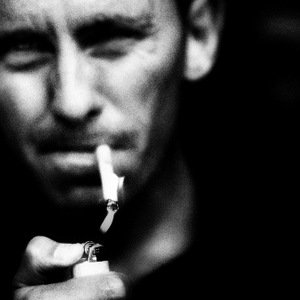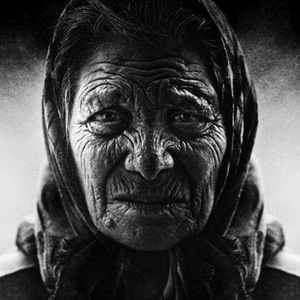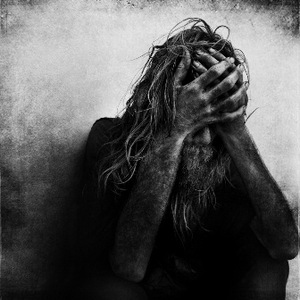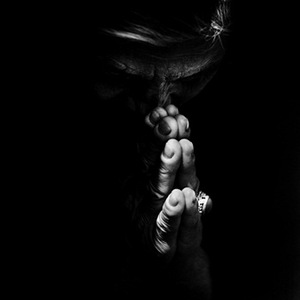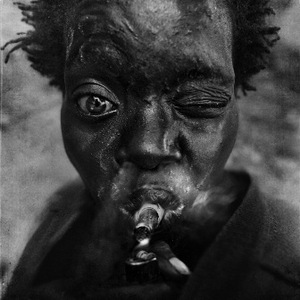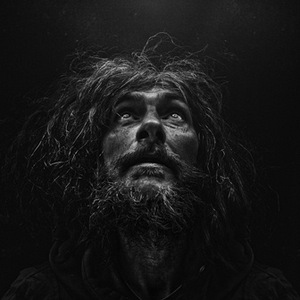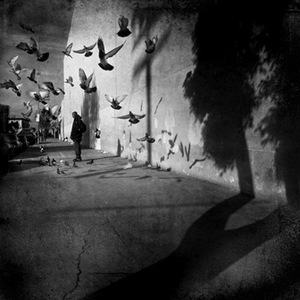LEE JEFFRIES. HUMANITY THAT MAKES ONE STAY 3
One pictures British people with hats, walking along slightly dusty street in elegant black patent-leather shoes or chattering politely but coldly over a cup of tea getting cold. Still, you will not meet the art photographer living in Manchester Lee Jeffries in private clubs or crowded cafes – you will rather see him kneeling at homeless people in the most shabby and darkest neighborhood, he is concerned and listening. He photographs them and the light of humanity that appears on the faces unexpectedly. When the photographer was asked to introduce himself, he did it very simply:
- I exercise daily. Running, cycling you name it. I probably do it for vanity but I’ve raised a few quid for charity along the way.
- I have a curiosity with faith. I’ve been with people at the very bottom, outcasts of society, yet, still, they believe God will save them. Perplexing yet inspiring at the same time.
- I am an identical twin. That said it’s universally accepted that I’m much more handsome than my brother.
- I work as an accountant. Nuff said.
How did you come up with this idea of making portraits of homeless people?
I was in London to photograph the Marathon. On the day before the race I decided to try my hand at street photography. Naïvely I trained my long lens on a young homeless girl huddled in a sleeping bag across the street. She spotted me of course and started to shout grabbing the attention of passerby. Immediately embarrassed, every fiber was telling me to turn around and walk away. I didn’t. Instead choosing to walk over, apologise and strike up a conversation. She inadvertently redefined my approach and sharpened my focus to something much more intimate.
Is it difficult to get accepted? What’s yours, as photographers, relationship with them? How do you get this connection we all can feel in your works?
My technique is as simple as being respectful and courteous. My portraits of the homeless are neither documentary photography nor the kind of detached, quick-fire street photography practiced by artists like Weegee. Each photo begins as a conversation, in which I approach a person living on the street and simply attempt to get to know him a little better. It’s an everyday gesture, but one that most people would never make—and one that informs the resulting portrait tremendously.
I have to gain the trust of the people I photograph long before any thought of photographing them. Only once this relationship has been established can I work in a spontaneous way. The resulting emotion is a document derived from the acceptance of my presence.
Why do you think homeless people agree to be photographed? Do you get to know them personally? What are the most memorable stories you’ve heard from the homeless?
The images I shoot are secondary to the relationship I develop with the person. Its that relationship that results in the subsequent photographs. The people I meet are from all over the world and I rarely get to see any of them again. There are a few, Michelle in London for example who I have met more than once.
The stories I hear are varied. Drug addiction and mental issues are commonalities. Latoria who I met in Miami is hopelessly addicted to crack cocaine, often selling her body to pay for the next fix. It’s a vicious circle for homeless people.
What is your goal, main purpose while taking these pictures?
If only you could meet the people I have. See the things I have witnessed. I’ve walked some of the toughest streets around the world and have left screaming at the injustice. It motivates me to do more. My simple hope is that every time I take out my camera I am lucky enough to shoot a frame that ultimately has the power to influence. To change perceptions. To make the viewer care enough to want to know and do more. People “just” help when I achieve this and I have countless emails from them that tell me so.
Most of your works are very strong not only visually, but also emotionally. Do you ever get scared while being around homeless people? Or maybe sad? What are the emotions, the mood while being there?
My first visit to LA and skid row. Could barely bring myself to get out of the car. I was terrified to be honest. Probably most peoples natural reaction. Got out I did and then something just took over. The act of being human. I didn’t even notice the change nor am I aware of any particular emotion whilst out there. Back in the darkroom however the emotions are suffocating. Its there I’m at my most vulnerable to what I have witnessed.
You have this amazing feeling of light, are there any places or conditions you prefer working at?
My final image is influenced by many things. Movies, other photographs, music even. I think the biggest influence on the religious element of my work has been when I have been in Rome. For me the city is deeply enchanting on this level. As I walk through the streets I feel faith. In the eyes of the people, the smells, the sounds of the church bells. Probably my favorite place in the whole world. I try to incorporate the religious on every level. It’s a common thread throughout my portfolio.
Have you always been interested in portrait photography, or was there a road that led to it? In your works, you always point out model’s eyes. Why is the look so important?
My first encounter with photography was in history class at school. Haunting black and white images of world war one soldiers resonated but it wasn’t until fairly recently, perhaps two or three years ago after stumbling across James Natchwey’s “Inferno” that these and those earlier images led to a deep and emotional interpretation of how photography can powerfully document humanity.
Whilst the eyes are often the focal point on a basic level, it’s the emotion pouring from them that I photograph. That is a very important distinction.
What is the goal of art generally? What is art to you?
Art by definition is made up of the qualities that give pleasure to the senses. It's not just a visual quality necessarily, not just about the aesthetic. It encompasses sound, taste, smell and touch in any combination. It's an essence, or a combination of elements, that elicits an emotion and moves me. My images are a visual reference for all of those things…








